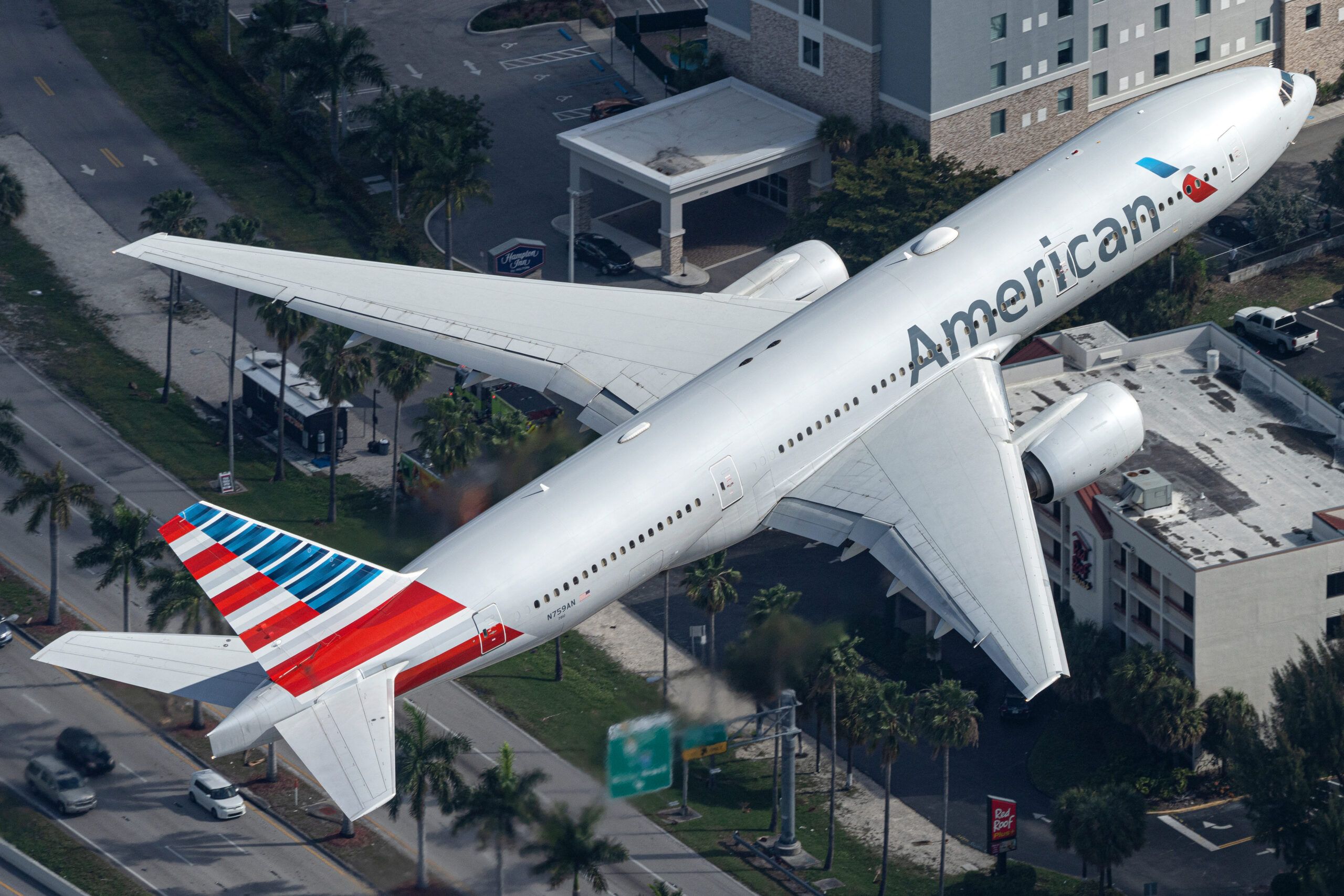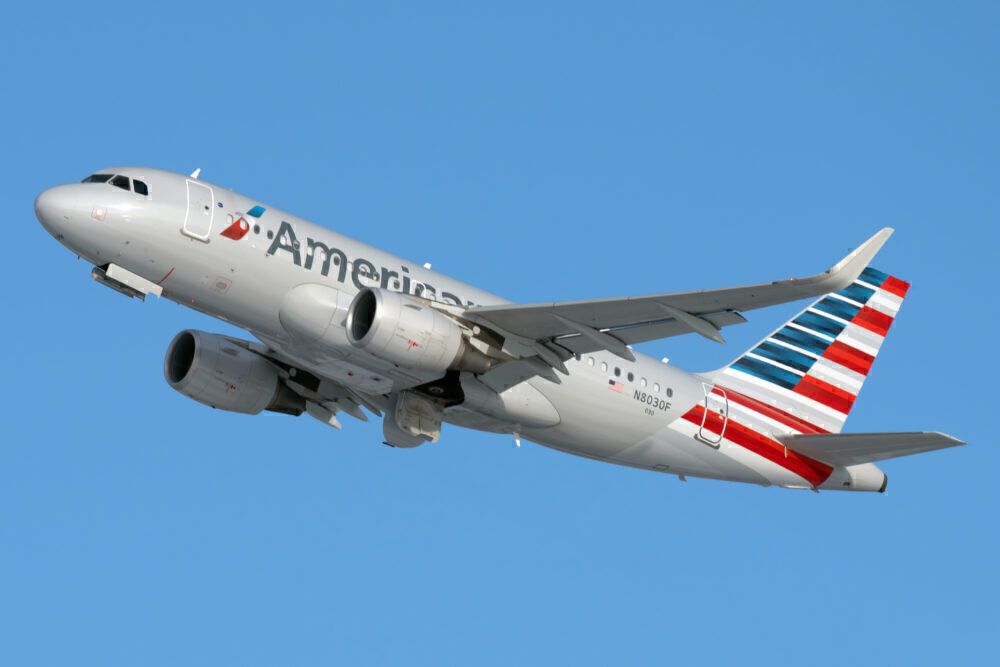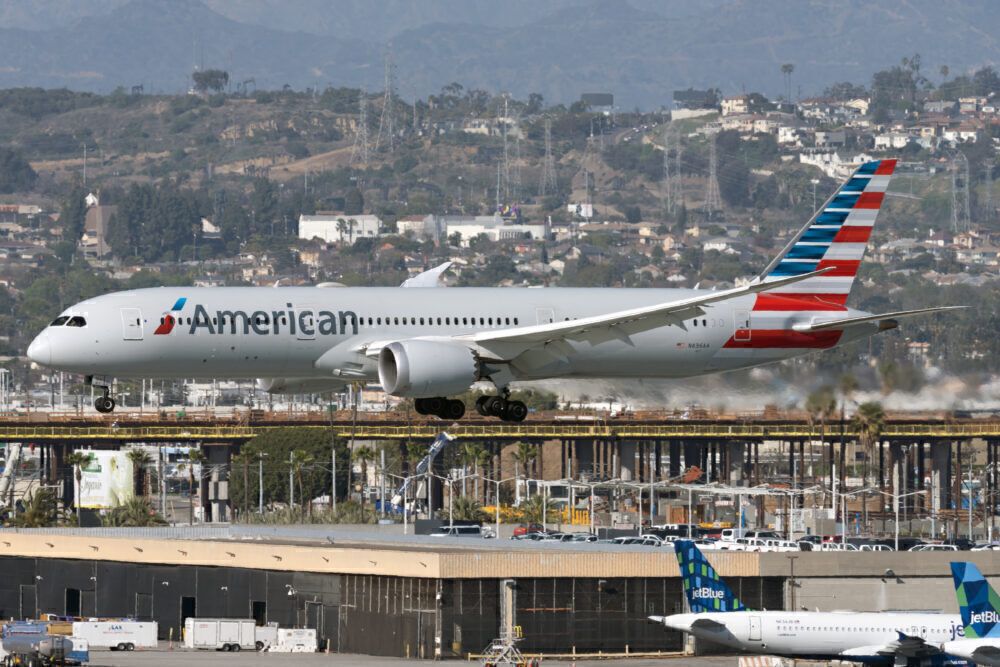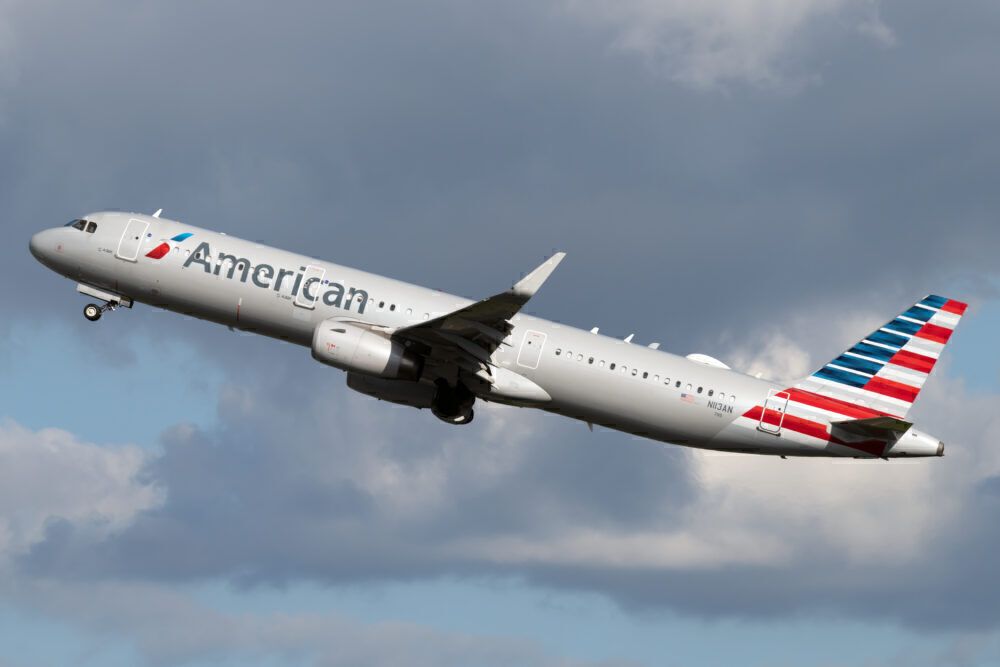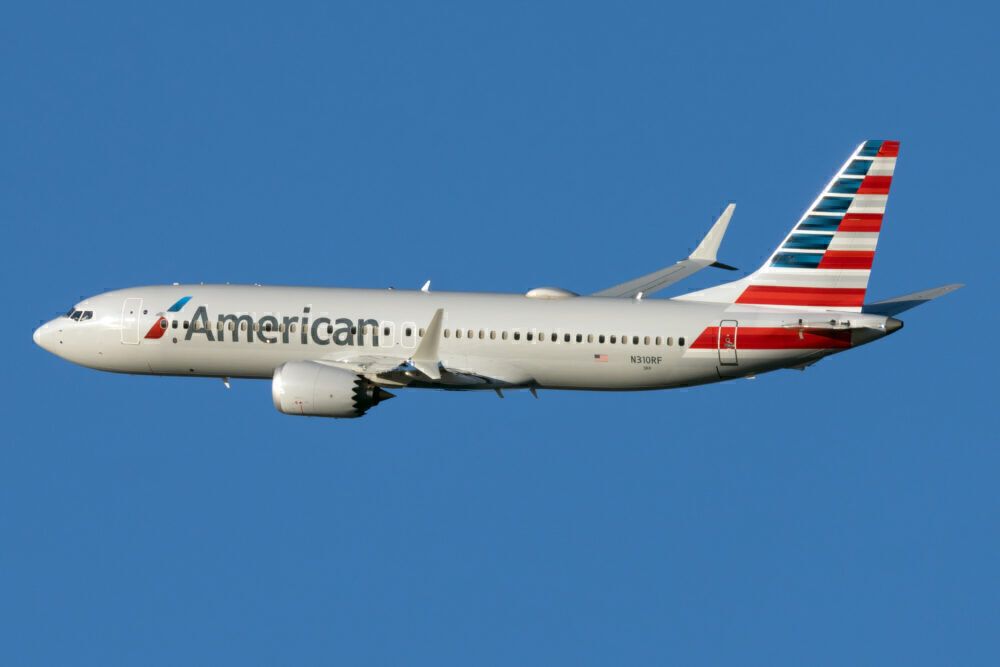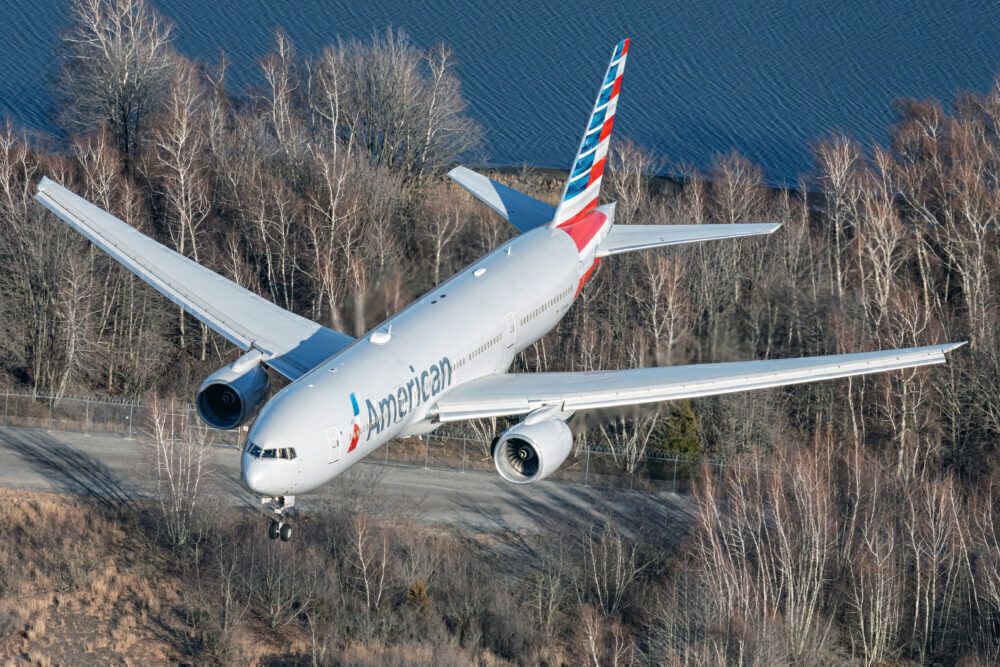Network planning is one of the most interesting parts of the airline world. Influenced by a myriad of factors – most of which are outside of an airline's control – managing the network is one of the most important departments in an airline. To gain some insight into how network planning changed in 2020, Simple Flying spoke with Jason Reisinger, Managing Director of Global Network Planning at American Airlines. In short, network planning last year was a totally new adventure, but one the team managed successfully at every step of the way.
The early months of the crisis
In early March, the rest of the world started to shut down, and American's network planning team started to deal with a hectic array of travel situations, as Mr. Reisinger explained. One of the first things that marked the start of the crisis was a massive drop-off in demand. As a result of this, the team banded together.
As Mr. Reisinger stated:
"We were making seismic changes overnight, we would work long hours, we'd rewrite schedules."
As a comparison to the early days in March, Mr. Reisinger brought up how American's team responded to Thanksgiving:
"A great example would be Thanksgiving, this is a little bit into the pandemic, but we had a Thanksgiving (schedule), we started to see things change based on how demand was going. Every time there would be a resurgence in virus and the news started talking about it, you'd see the demand go up and down. So we'd had a certain Thanksgiving built, and about three to four days prior to us having to get it to crews, for the last, final November, we decided to completely change the plan, and we built an entirely new November in three days. Normally we spend 30 days on a schedule, or more in pre-COVID time."
In the early days of the crisis in March, the airline industry struggled to keep up with the pace of demand drop-offs and border closures. In April 2020, the airline processed a massive $600 million in refunds, which is evidence of the sheer scale of the crisis which gripped the industry and the airline.
Progressing into the summer
After passenger numbers hit record lows in April, things started to pick up in May. Then, in early June, American started to bring back more of its international network, but its domestic network was where the airline seriously improved its schedules.
When it came to rebuilding this part of the network, Mr. Reisinger focused on the demand pools and geography:
"What we started to see was that some people started to travel. Either they needed to travel, they needed to go, unfortunately, maybe to visit relatives who were sick, things like that, or it was people that were just tired of being in their house and they wanted to go out to the beach or the mountains, or someplace like that. So, what we decided to start doing was bringing back some of those types of things where we saw demand working, based on the bookings and based on the limited history that we saw. So, you started to see things like Florida and the National Parks work, but we had to be very careful because there were still some things – Hawaii, for example – which seems to fit that type of mold, but it, it had locked downed fairly significantly for for many, many months."
American focused on bringing back these destinations out of its major domestic hubs, including Dallas and Charlotte. At these hubs, from both a scheduling and cost perspective, it made sense for American to add incremental capacity and focus on connecting passengers. It was also easy for American to offer one-stop connections and "plug or unplug" destinations from the network as they saw fit from these hubs.
The short-haul international front
American's international was far and wide before the crisis, and the team had plenty of plans to add new flying to new destinations across the globe. However, many of those plans were put on hold as the carrier focused on its known network and open destinations.
For example, in the Caribbean, Central, and South America, the team had to be very careful with network planning:
"You had to be very careful because they all had their own set of rules; there was no standard guidance across cross international entities. Every country had their own set of requirements for entry, or they had no entry available, so it made it very difficult to change schedules when, just in the Caribbean alone, you could have 15+ sets of rules that you have to deal with each day, and they changed overnight. They're still changing, we're still getting changes from some of the international destinations."
It was not until the mid-to-late summer when more destinations in the Caribbean, Central, and South America started to open up again for non-essential travel. Many of those destinations had various entry restrictions in effect, ranging from testing mandates, health insurance requirements, quarantine mandates, and more.
Stay informed: Sign up for our daily and weekly aviation news digests.
American is historically a powerful carrier for flights south of the United States. Primarily out of its hub in Miami and then out of Dallas and Charlotte, the airline offered its passengers plenty of options. However, the airline was still at the mercy of governments regarding whether foreign passengers could visit.
One more recent example comes from South America. Chile, which formerly showed signs of reopening for international travelers, recently announced it would close its international borders again. American Airlines had previously highlighted Chile-bound passengers for a trial on a digital health passport.
Lessons learned
Network planning will never be the same after the pandemic. However, there were plenty of lessons the team at American is taking with them. Mr. Reisinger highlighted three lessons:
- Be flexible: "You never know what's going to happen tomorrow, so in your processes and in your thinking, just be open-minded and flexible."
- Take action: "Don't sit around. Not taking action is taking action, in a way. Speed to market is important, so always take action."
- Take care of the team: "We have the right team, and we have the right culture. Because to do the first two things...you have to have a great team. And, you have to support them and give them the tools and whatever they need to be successful."
What are your thoughts on American's network planning? Let us know in the comments!

